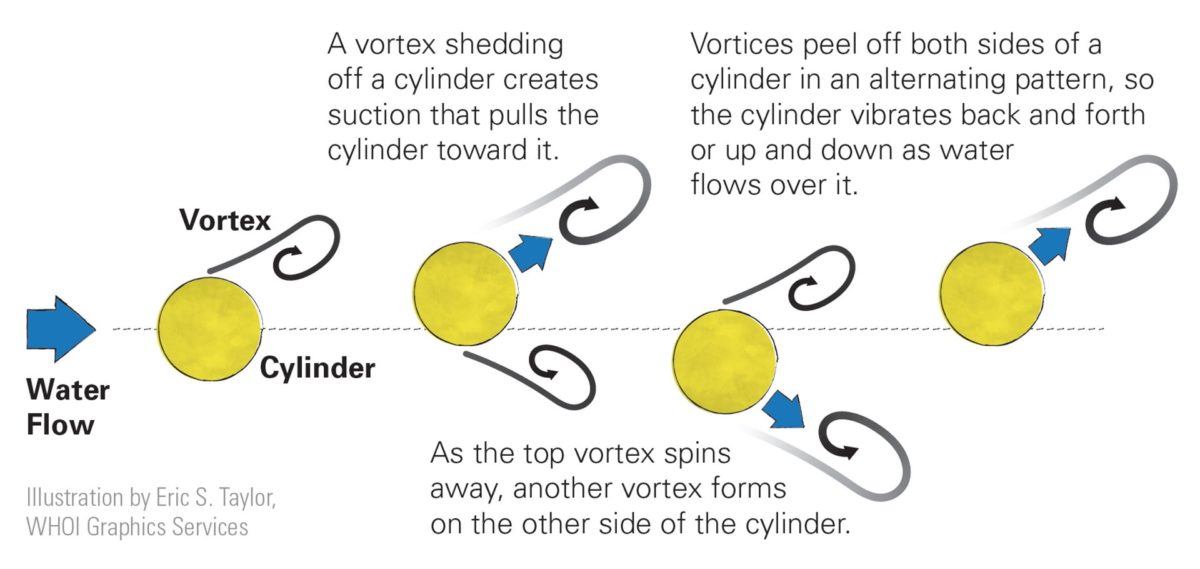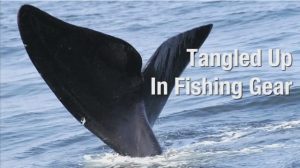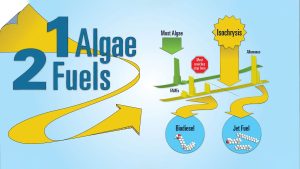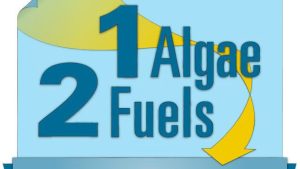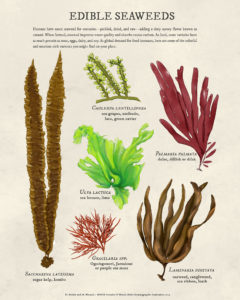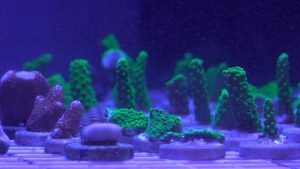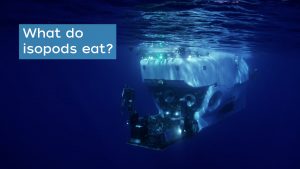Currents flowing around cylindrical riser legs and cables in offshore structures have posed engineering dilemmas, because they induce vibrations that cause structural fatigue. Close study of other cylindrical underwater structures—such as seal whiskers—could offer insights to engineers
Fluid usually doesn’t flow smoothly around cylindrical objects. Instead, the flow breaks away from the object into vortices, similar to those made by fish. Each vortex is swirling fast. According to the Bernoulli equation (which can also help explain how airplanes stay aloft), each vortex is therefore a region with low pressure, or suction.
As a vortex sheds away from an object, it essentially pulls the object toward it, and it keeps pulling until the vortex spins far enough away. Because the vortices peel off both sides of a cylinder in an alternating pattern, they exert suction on both sides of the cylinder. As a result, the cylinder vibrates back and forth or up and down (depending on whether the cylinder is oriented vertically or horizontally) as water flows over it.
Close-up views of the side and top of harbor seal whiskers reveal that they are not circular, but wavy and elliptical. (Hanke et al., Journal of Experimental Biology, 2010)
To explore this question, the biologists in Rostock mounted a camera to one of their harbor seal’s heads. They got a close-up view of the whiskers and made a key observation: When the seal was swimming forward, the animal’s whiskers did not appear to vibrate, as most cylindrical objects do. The scientists theorized that this was related the seal whiskers’ unusual shape. Viewed from their tips, they aren’t circular, but elliptical. And the side edges of the whiskers aren’t straight, but wavy. (Illustration by Eric S. Taylor, © Woods Hole Oceanographic Institution)
Image and Visual Licensing
WHOI copyright digital assets (stills and video) contained on this website can be licensed for non-commercial use upon request and approval. Please contact WHOI Digital Assets at images@whoi.edu or (508) 289-2647.

